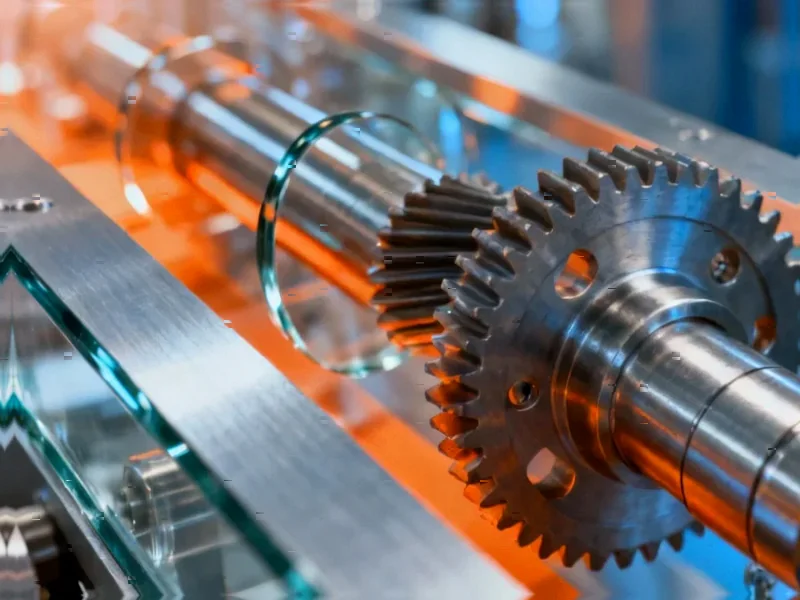According to CNBC, Stellantis is making a $13 billion bet on a U.S. comeback after a difficult 2024 and a $2.7 billion net loss in the first half of 2025. The automaker, formed from the merger of Peugeot and Fiat-Chrysler, had initially achieved significant success with $8 billion in savings from shared parts and streamlined operations, followed by growing profits from $15.4 billion in 2021 to $20 billion in 2023 according to the company’s 2021 results and 2023 results. However, pandemic-era pricing strategies led RBC Capital analyst Tom Narayan to describe Stellantis as “among the worst offenders” in raising prices, causing the company to lose approximately 5% of U.S. market share over five years while facing $1.7 billion in potential 2025 costs from trade barriers. This massive investment represents a strategic pivot to regain market position and address fundamental business challenges.
The High-Wire Act of Pandemic Pricing
What makes Stellantis’ situation particularly instructive for the automotive industry is how quickly aggressive pricing can damage brand equity, especially with loyal customer bases. While all automakers leveraged supply constraints during the chip shortage and pandemic disruptions, Stellantis appears to have crossed an invisible line where customers perceived the value proposition as fundamentally unfair. Jeep and Ram buyers—traditionally brand-loyal segments—demonstrated that even dedicated enthusiasts have breaking points when pricing becomes disconnected from perceived value. The company essentially traded long-term market position for short-term profitability, a calculation that now requires a $13 billion correction.
The Limits of Merger Mathematics
The Stellantis merger initially appeared to be a textbook case of successful consolidation, delivering $8 billion in savings—double what was promised to investors. However, this reveals a critical blind spot in merger strategy: operational efficiency doesn’t automatically translate to market success if product development and customer relationships suffer. While the combined entity was busy streamlining platforms and sharing parts across Jeep, Ram, Dodge, and Chrysler lines, they apparently neglected the innovation pipeline and brand positioning needed to maintain customer interest. The result was what Autoforecast Solutions quantified as a steady 5% market share erosion—a warning to other consolidating industries that back-office savings mean little without front-end customer relevance.
The Tariff Avoidance Imperative
The $13 billion investment represents more than just product development—it’s a strategic relocation of manufacturing capacity to avoid punitive trade costs. With $1.7 billion in potential tariff expenses looming for 2025, Stellantis is essentially making a calculated bet that bringing production stateside will prove cheaper than continuing to import vehicles subject to trade barriers. This reflects a broader trend of global automakers reassessing their supply chains in an era of increasing protectionism and trade uncertainty. The company appears to be choosing capital expenditure now over operational expenditure later, betting that domestic production will provide both cost certainty and political goodwill.
Playing Catch-Up in an Evolving Market
Stellantis’ timing for this massive investment coincides with one of the most competitive periods in recent automotive history. While they were optimizing for profitability during the pandemic, competitors were accelerating electric vehicle development, refining driver assistance technologies, and launching next-generation platforms. The American market that Stellantis is trying to recapture has fundamentally changed, with consumers expecting more advanced technology, more efficient powertrains, and more competitive pricing. The $13 billion isn’t just about catching up to where they were—it’s about leapfrogging to where the market will be in 3-5 years, a challenging proposition given how far behind they’ve fallen in key growth segments.
The Execution Challenge Ahead
The sheer scale of this investment—representing nearly 65% of their peak annual profits—creates enormous execution pressure. Transforming manufacturing facilities while simultaneously developing competitive new products requires precision timing and flawless execution. Any delays in product launches or quality issues with new models could further damage brand perception and extend the recovery timeline. Additionally, the automotive industry’s transition toward electrification adds another layer of complexity, requiring Stellantis to master new technologies while rebuilding trust with their core internal combustion engine customer base. This isn’t just a financial bet—it’s a test of whether the merged company’s organizational structure can deliver under pressure.




